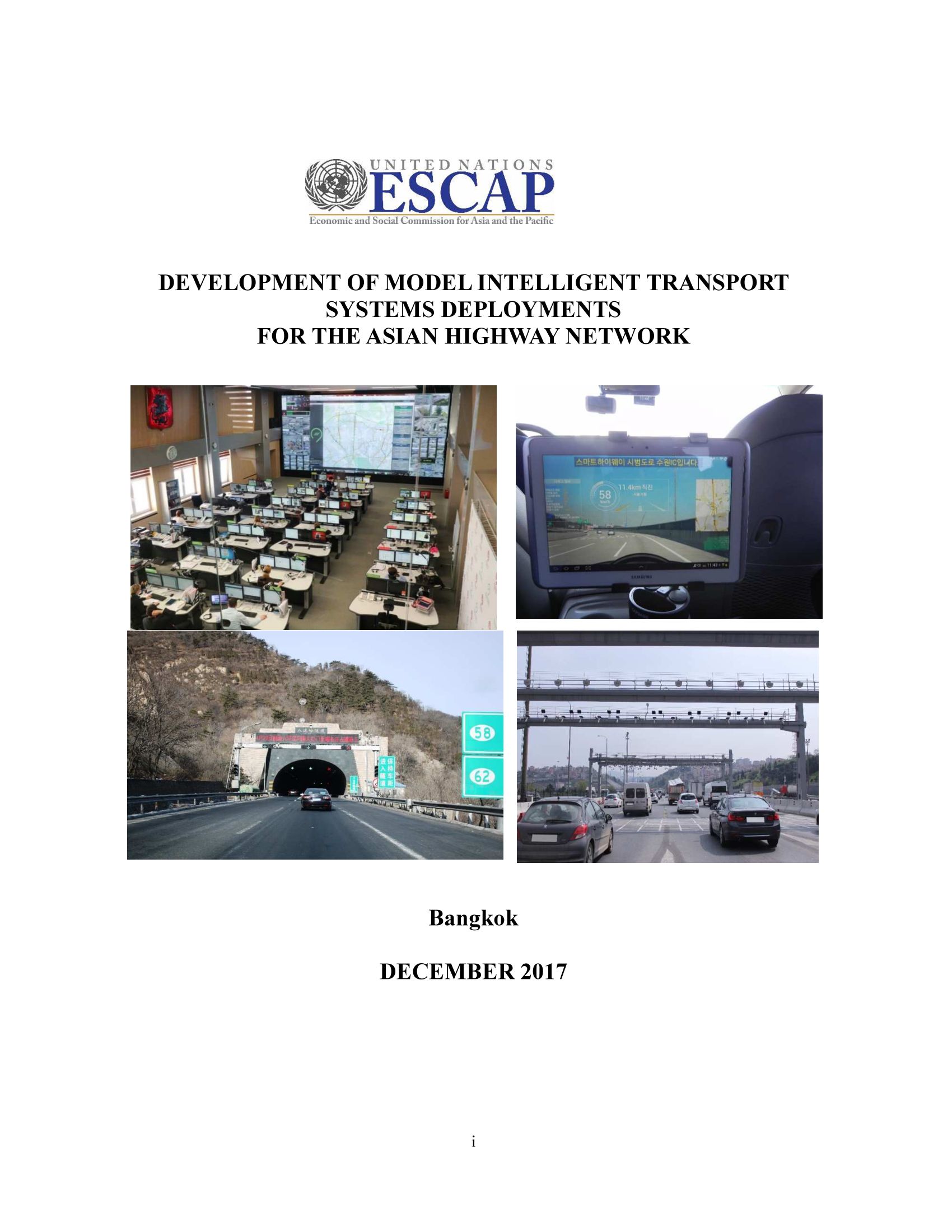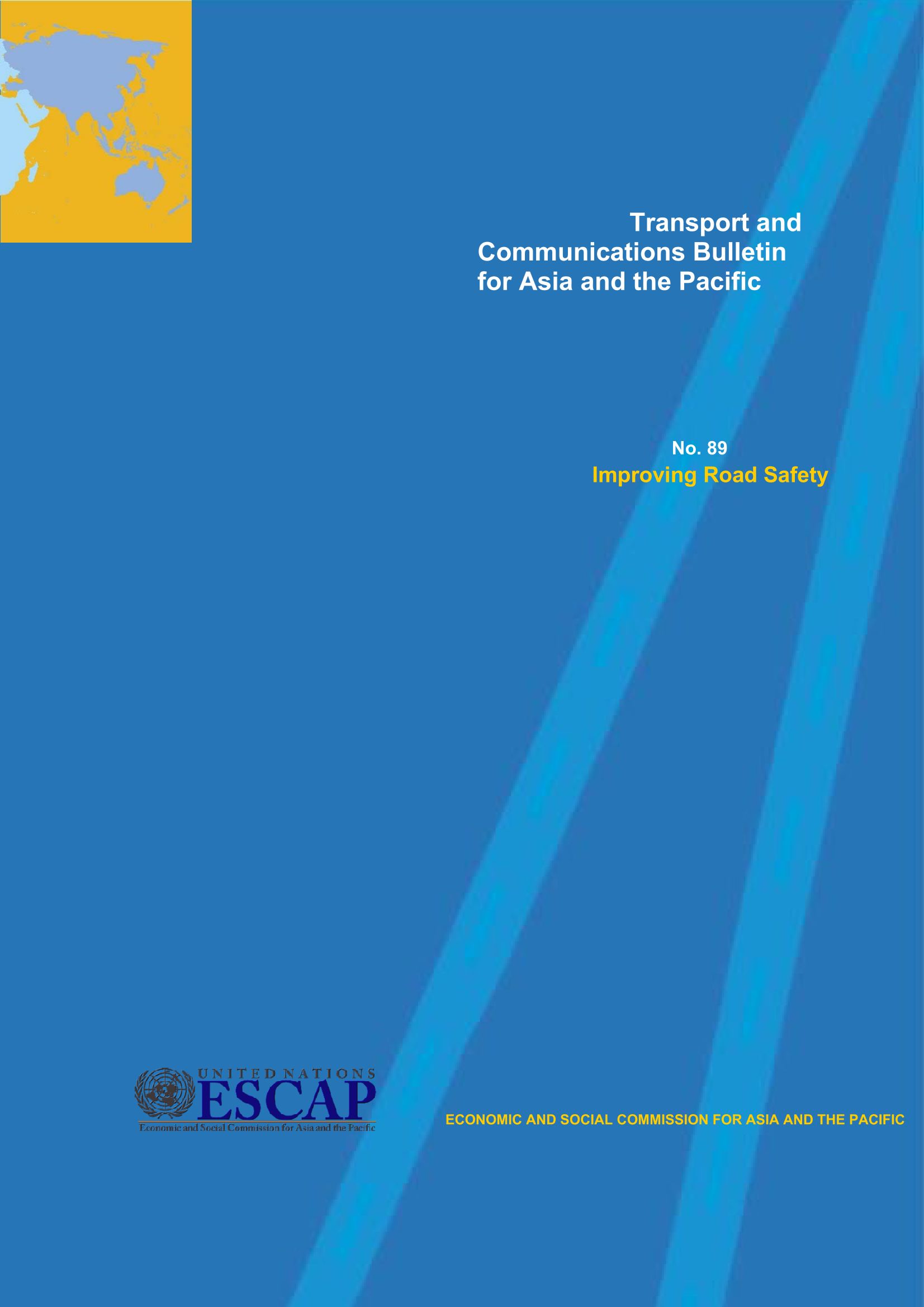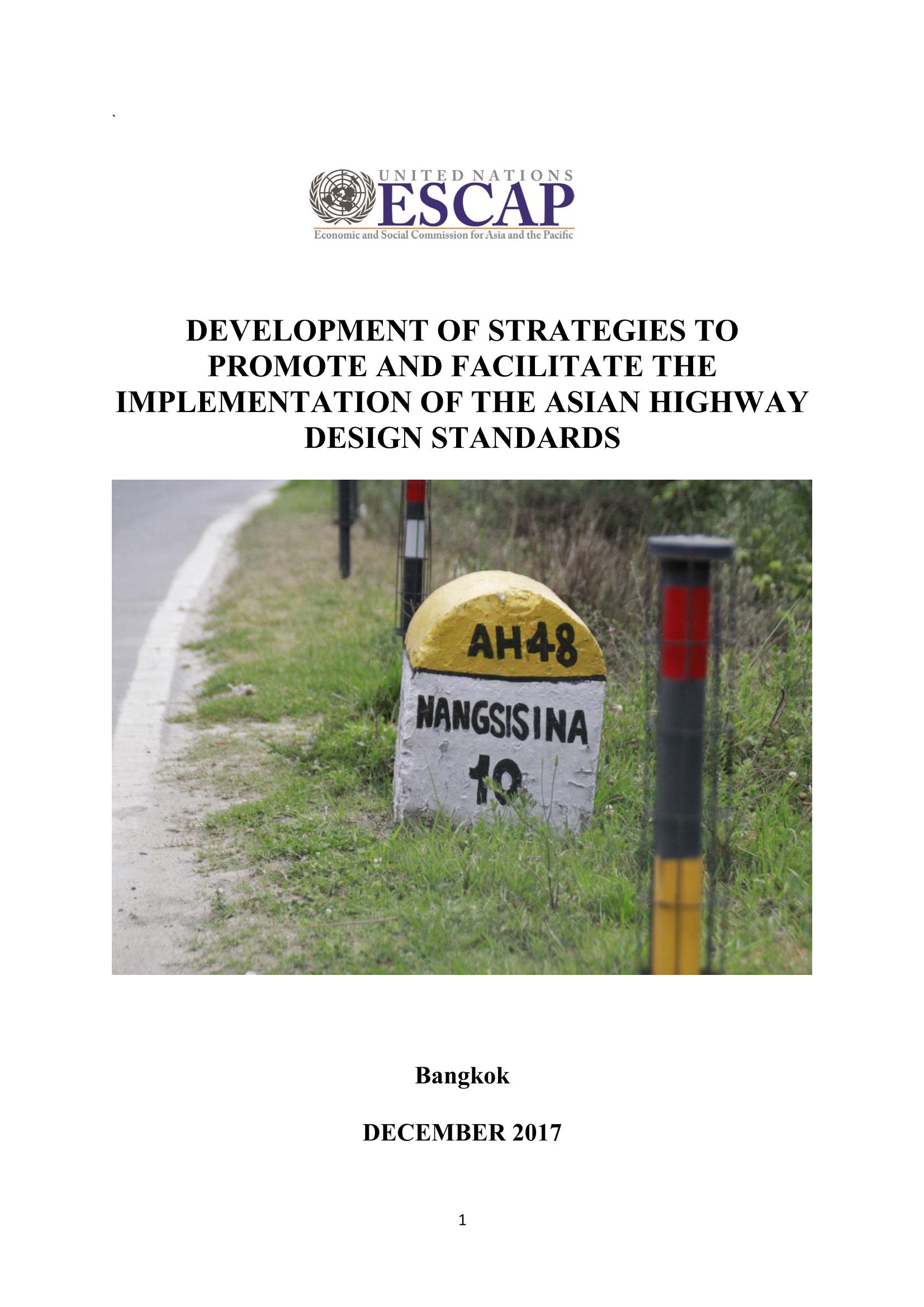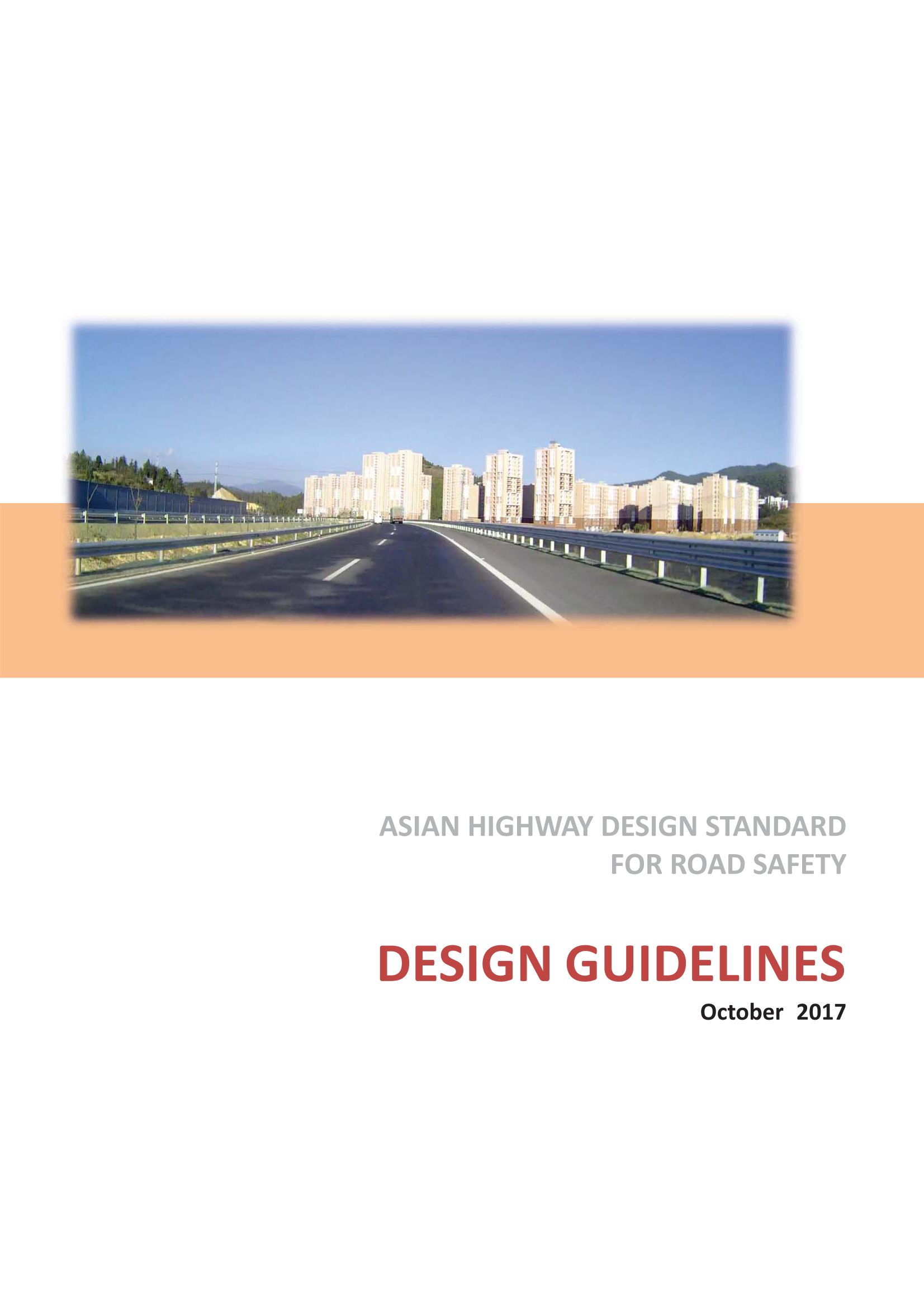Asian Transport Outlook Database
ADB is hosting a special knowledge-sharing webinar that will feature presentations on two road safety case studies that support achievement of the Global Road Safety Performance Targets, and will showcase examples of the key concepts and approaches that will be featured in the upcoming Road Safety Capacity Building Programme to be sponsored by ADB's Transport Sector Group.
APRSO Annual Meeting Day 2: APRSO member countries set to appoint National Data Coordinators
Contact Person
Qatar Transportation and Traffic Safety Center (College of Engineering, Qatar University) in collaboration with the National Traffic Safety Committee of the State of Qatar, International Road Federation (IRF), World Conference on Transport Research Society (WCTRS), and Khatib & Alami Company are organizing a technical webinar entitled "Role of Road Safety Audits in Improving Traffic Safety". This technical webinar will be given by group of Internationally well-known experts from the International Road Federation (IRF) and the United Nations for Project Services (UNOPS).
Practical Road Safety Engineering Workshop, July to August 2020
Contact Person
Intelligent transport systems (ITS) is a set of transport infrastructure and operation systems that maximize safety, efficiency and convenience of the road system by using advanced information technologies while minimizing costly large-scale road construction. While there is currently no single internationally agreed definition for ITS, it is generally understood to be the combination of technologies, most of which involve information and communications technology (ICT) as a platform, that are embedded within conventional transport infrastructure. These systems are a combination of technologies based on the new capabilities offered by modern ICT systems.
As one of the initiatives towards sustainable transport connectivity in Asia and the Pacific, the ESCAP secretariat, in association with the Korea Expressway Corporation conducted a study on the development of model ITS deployments for the Asian Highway network during 2015-2017. Under the study, the secretariat collected information on deployment of intelligent transport systems in China, Republic of Korea, Russian Federation and Turkey. In January 2016, with a view to assessing ITS deployments in the Asia-Pacific region, the secretariat conducted a survey to gather information about the status and practices of ITS deployments in Asian Highway member countries. Responses from 21 member countries indicated that the deployment status of ITS services varied extensively across the region.

Transport and Communications Bulletin for Asia and the Pacific 89: Improving Road Safety

The Transport and Communication Bulletin for Asia and the Pacific is a peer-reviewed journal that is published once a year by the Transport Division of the United Nations Economic and Social Commission for Asia and the Pacific (ESCAP). The Bulletin is a medium in which knowledge, experience, ideas, policy options and information on the development of transport infrastructure and services in the Asia- Pacific region is shared. The main objectives to these are to stimulate policy-oriented research and to increase awareness on the policy issues and responses of the transportation industry. The Bulletin attempts to widen and deepen the debate on the issues of interest and concern in the transport sector.
Transport plays an integral part in the development of social and economic opportunities. It facilitates the movement of people, goods, labors, resources, product and ideas across regions. Different transport modes and services and the state of domestic and international connectivity can greatly influence the well-being of the people and their own environment. However, as the levels of motorization in Asia and the Pacific continue to increase, it also has resulted in an increase of traffic fatalities and injuries. At the rate of the growing epidemic of traffic accidents, the issue of road safety has become a global development agenda. Managing the transport sector can make a direct and indirect contribution towards the achievements of the SDGs if the three pillars of sustainable development – economic, social and environmental – are integrated into transport policies, planning and operation. Two SDGs targets are relevant to road safety -target 3.6 to halve the number of road fatalities and injuries by 2020 and target 11.2 to provide safe, accessible and affordable sustainable transport for all by 2030.
The current issue of the Bulletin focuses on the theme of “Improving Road Safety”. Each of the six papers contribute different interesting aspects of the theme, and include various approaches in improving road safety in a particular context.
The Asian Highway Network is a coordinated plan for the development of highway routes of international importance with a view towards promoting and developing international road transport in the region. Since the Asian Highway network was adopted in 2003, it has already played a pivotal role in assisting member countries in improving intercountry and interregional transport links.
The Asian Highway classification and design standards provide the minimum standards and guidelines for the construction, improvement and maintenance of Asian Highway routes. According to the Intergovernmental Agreement on the Asian Highway network, Parties shall make every possible effort to implement the design standards. However, the quality of the Asian Highway network across member countries is uneven. The latest 2017 updates show that to date about 9,176 km, i.e.7.25 per cent, of the network do not yet meet the minimum desirable standards. An ESCAP estimation shows that upgrading different classes of the Asian Highway network to higher quality standards needs a considerable amount of investment estimated at US$ 51.4 billion in 2017.
A survey was conducted by the ESCAP secretariat to study status of implementation of the Asian Highway design standards in the member countries in June 2017. The survey results indicated that member countries encounter several challenges to implement the Asian Highway design standards. Lack of funding is the most critical challenge. Lack of awareness as well as lack of planning and coordination also hinder the development of the routes as well as implementation of the Asian Highway design standards.

This document consists of recommended guidelines related to the “Asian Highway Design Standard for Road Safety” to the Intergovernmental Agreement on the Asian Highway Network.
While the guidelines are not mandatory in nature, the member countries of the Asian Highway network are encouraged to refer to the principles and recommendations given in the document for new road projects and improvements of existing sections of Asian Highway routes under their jurisdiction.
Due to the diverse circumstances of the Asian Highway Network, the adoption of particular recommendations would need to take into account prevailing social, economic and technical considerations.
In all cases, sound engineering skills are required to formulate specific solutions to address project issues which could be complex in reality. Flexibility and innovations are desirable as far as safety performance is not undermined and consistency is reasonably maintained.
This document does not necessarily reflect the view of the United Nations Economic and Social Commission for Asia and the Pacific (UNESCAP).

Pagination
- Page 1
- Next page
